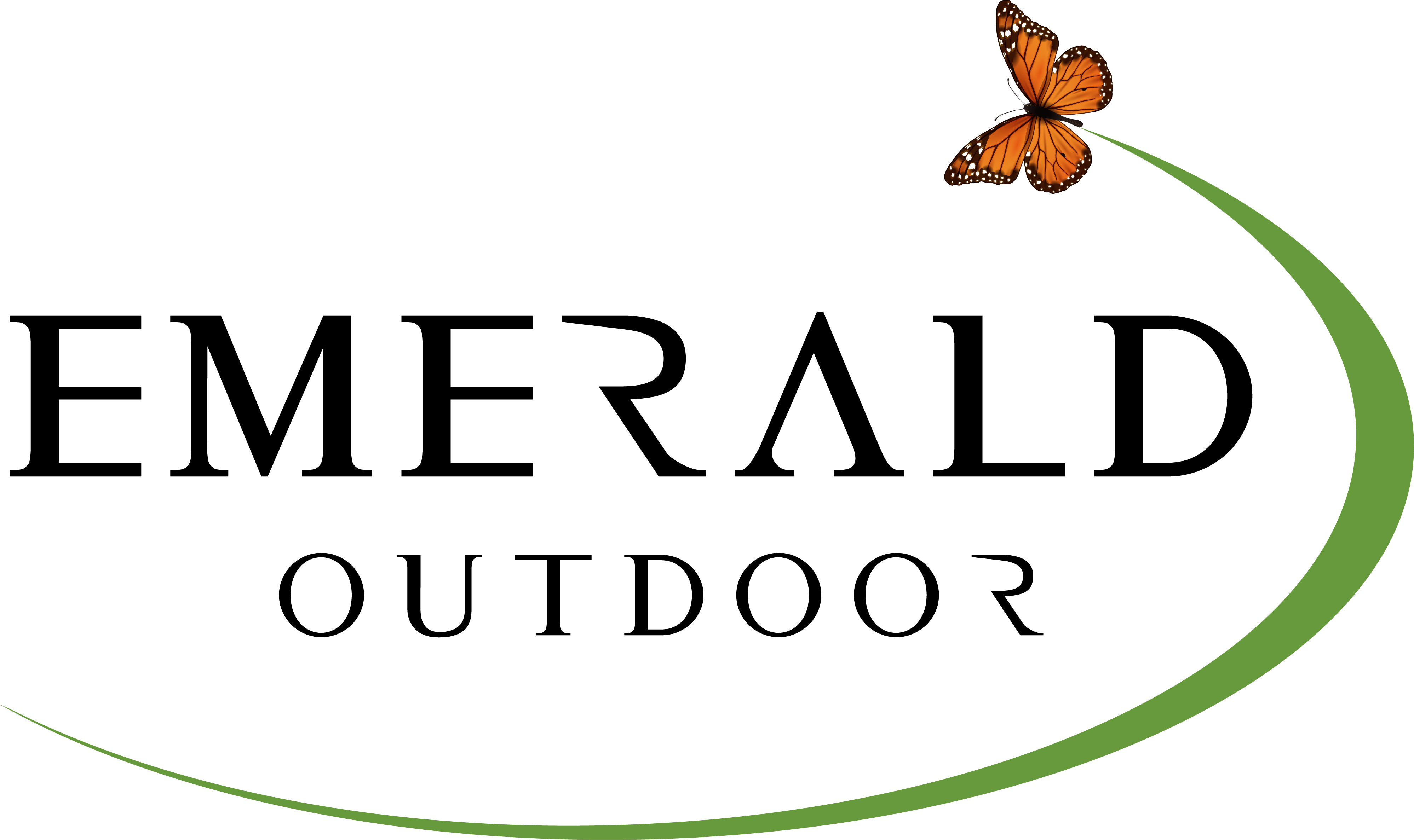
Information, resources, and articles regarding lawn care in Jackson County, MI.
Spring pre-emergent herbicides (which are applied in the early spring) usually contain fertilizer, however, it is only a small amount, and not considered a full “feeding”. The fertilizer in a pre-emergent herbicide is added to maintain or slightly boost the growth in the grass while the herbicide restricts seedling development.
Don't' overdue a spring fertilizer treatment. an overly aggressive and heavy application of a spring fertilizer that's especially high in nitrogen will likely accelerate your lawn's growth. Sounds great, but the downside is all the early top growth typically comes at the expense of your lawn's roots, and during wet spring weather, an over-fertilized lawn can be especially vulnerable to lawn fungus, and quick top growth means more mowing. While some fertilizer is a great start to your season's lawn maintenance, in the spring consider a fertilizer with lower nitrogen content than you'd use at other times of the year, and be sure not to over-apply it.
Our spring treatment consists of no more than 3/4 lb nitrogen per K in a slow release formula (166 lbs per acre of 19-0-6), with a primary function of providing the pre-emergent crabgrass control product in order to provide the much-needed control from unsightly warm season crabgrass.
Our Cool-Season grasses of the Mid Michigan area which typically consist of Kentucky Bluegrass, Tall Fescue and Ryegrass varieties,...
The days of ignoring the obvious are long gone... It is no longer acceptable or responsible to simply purchase any ol' bag of fertilizer, pull out the uncalibrated dusty spreader from the garage, and hope for the best. We must strongly question what, why and how we are applying fertilizers to our lawns in an effort to provide only what is needed for a healthy, attractive lawn without waste or disregard for our environment.
Upon first glance of all fertilizer packaging you will find three numbers in bold print. These numbers represent the percentage of Nitrogen, Phosphorus, & Potassium found within the contents of the product, otherwise known as N-P-K, always in that order. ?These nutrients are the three most abundant in every bag of fertilizer. As an example, a typical 50 pound bag of fertilizer labeled 30-0-10 should be viewed as 30% nitrogen, 0% phosphorous, and 10% potassium. So, a 100 pound bag of fertilizer that contains 30% Nitrogen would contain 30lbs Nitrogen. Keep in mind that bags are typically 50lb, so a 30-0-10 bag consisting of 30% Nitrogen actually represents 15lbs of Nitrogen, 50lbs x .3 = 15, for example.
Essentially, Michigan grass plants are in need of two of the three main nutrients: nitrogen and potassium. Nitrogen is what will give your lawn its rich, green color.? Potassium works to strengthen grass roots and to help your lawn ward off pests and disease. In other...
Just complete the form below to get a pricing quote.
